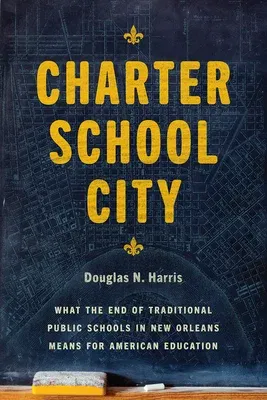In the wake of the tragedy and destruction that came with Hurricane
Katrina in 2005, public schools in New Orleans became part of an almost
unthinkable experiment--eliminating the traditional public education
system and completely replacing it with charter schools and school
choice. Fifteen years later, the results have been remarkable, and the
complex lessons learned should alter the way we think about American
education.
New Orleans became the first US city ever to adopt a school system based
on the principles of markets and economics. When the state took over all
of the city's public schools, it turned them over to non-profit charter
school managers accountable under performance-based contracts. Students
were no longer obligated to attend a specific school based upon their
address, allowing families to act like consumers and choose schools in
any neighborhood. The teacher union contract, tenure, and certification
rules were eliminated, giving schools autonomy and control to hire and
fire as they pleased.
In Charter School City, Douglas N. Harris provides an inside look at
how and why these reform decisions were made and offers many surprising
findings from one of the most extensive and rigorous evaluations of a
district school reform ever conducted. Through close examination of the
results, Harris finds that this unprecedented experiment was a
noteworthy success on almost every measurable student outcome. But, as
Harris shows, New Orleans was uniquely situated for these reforms to
work well and that this market-based reform still required some specific
and active roles for government. Letting free markets rule on their own
without government involvement will not generate the kinds of changes
their advocates suggest.
Combining the evidence from New Orleans with that from other cities,
Harris draws out the broader lessons of this unprecedented reform
effort. At a time when charter school debates are more based on ideology
than data, this book is a powerful, evidence-based, and in-depth look at
how we can rethink the roles for governments, markets, and nonprofit
organizations in education to ensure that America's schools fulfill
their potential for all students.

